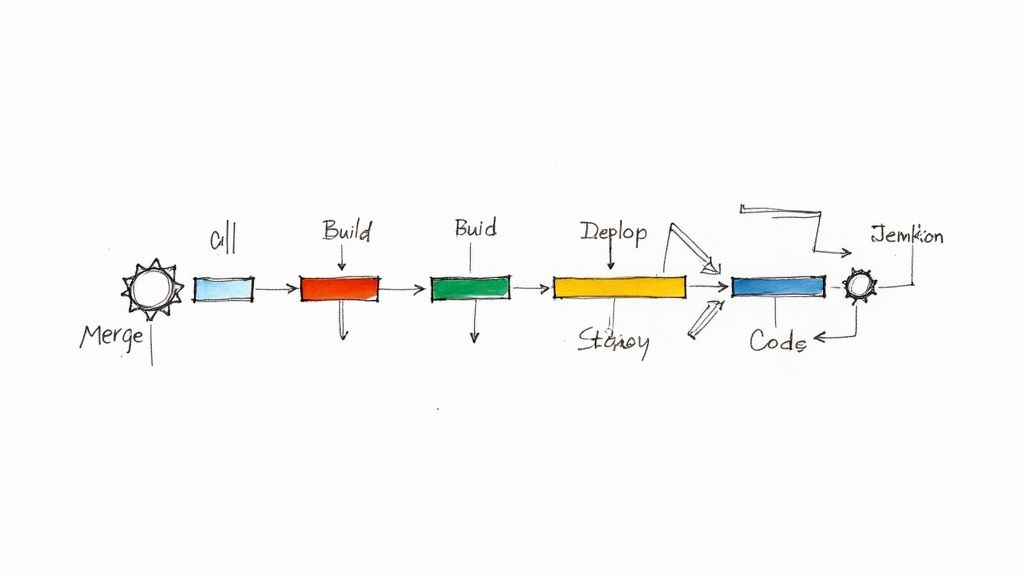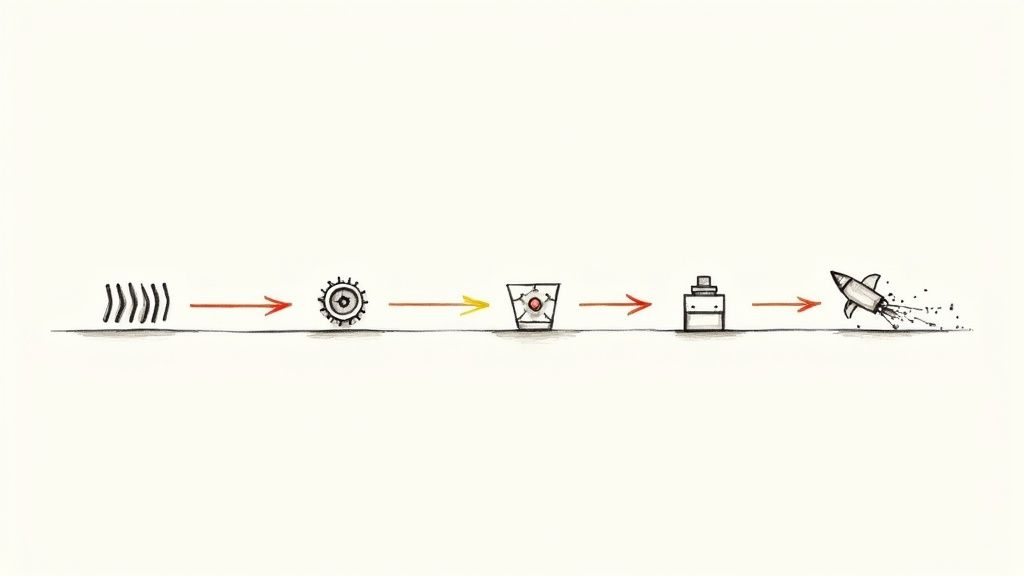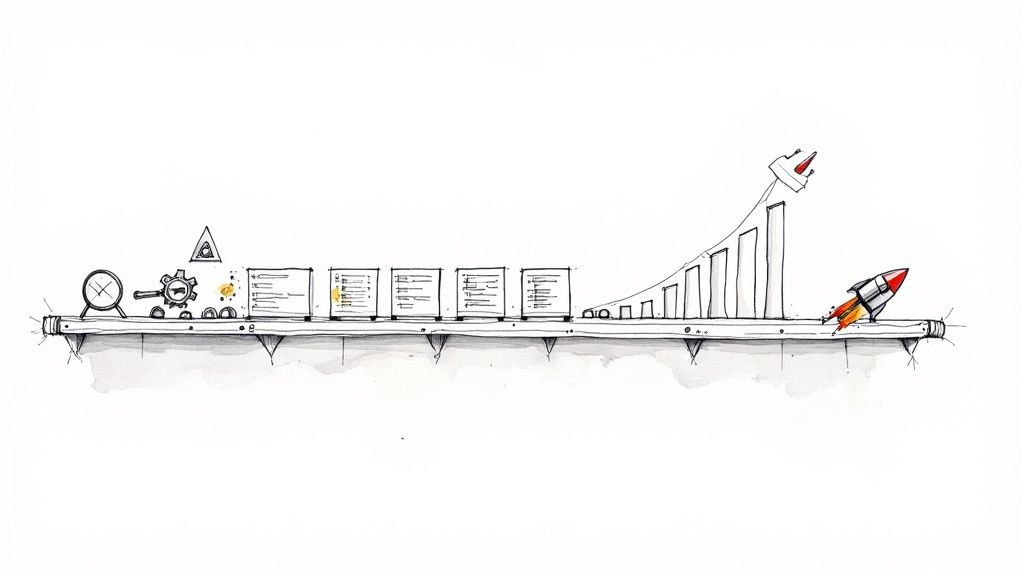Continuous Delivery, the Missing Part of your CI/CD Pipeline
In software development, CI/CD pipelines are crucial. Continuous Integration integrates code changes, ensuring compatibility. Continuous Deployment automatically ships changes. But Continuous Delivery, the essential middle step, keeps code release-ready, bridging the gap between CI and CD.
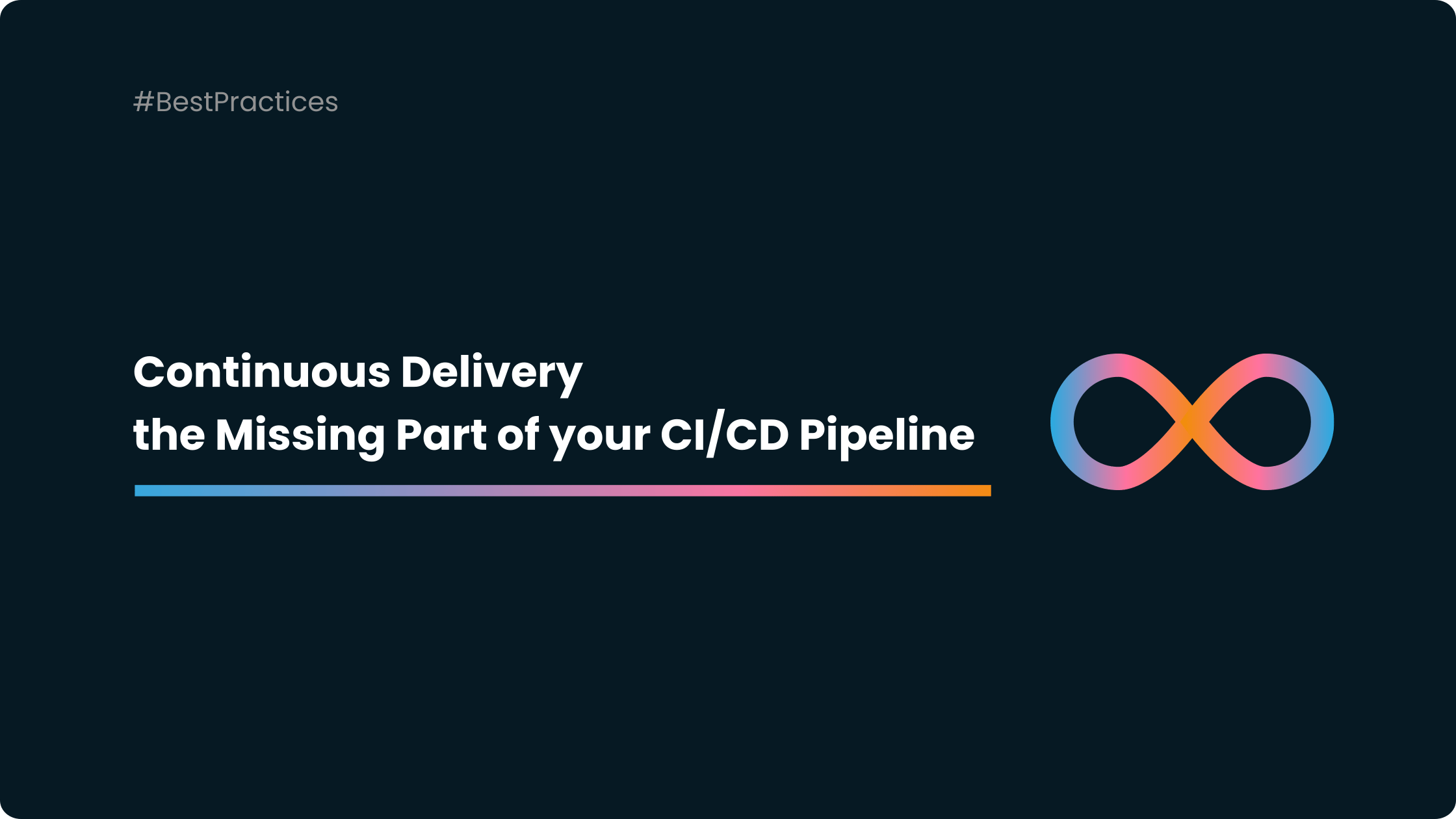
Suppose you've been navigating the treacherous waters of software development. In that case, you might have encountered the notorious CI/CD pipeline, the high-speed highway for delivering your code from your local machine to production. But wait! Before you pat yourself on the back and take a victory sip of your coffee, did you forget something? It's like making a sandwich and forgetting the mayo – sure, it's still a sandwich, but is it complete? That's right; we're talking about Continuous Delivery, the often-overlooked middle child in the CI/CD family.
Continuous Integration
Let's start with the eldest sibling: Continuous Integration.
Imagine CI as the diligent older brother who ensures that every piece of code gets along well with the others. As developers, we love adding new features and making code changes. However, with great power comes great responsibility.
CI is responsible for frequently integrating code changes into a shared repository. Automated tests run with every integration, ensuring that new changes don't break anything and play nicely with existing code. It's like having a referee in a soccer game, ensuring everyone follows the rules and plays pretty.
Continuous Deployment
Now, onto the adventurous younger sibling: Continuous Deployment.
If CI is about ensuring everything plays nicely together, CD is about taking that well-behaved code and shipping it to the world.
With CD, every change that passes all stages of your production pipeline is released to your customers with no manual intervention required. It's the equivalent of having a super-efficient delivery truck that automatically takes your product from the factory to the customer's doorstep, no questions asked.
Continuous Delivery: The Missing Link
So, we've got integration and deployment covered. But what about the middle child, Continuous Delivery?
Continuous Delivery is the practice of ensuring that your code is always in a release-ready state. It takes the principles of CI a step further, providing that your code integrates well and is always ready to be deployed. However, unlike Continuous Deployment, Continuous Delivery doesn't automatically deploy every change. Instead, it ensures that you can deploy every change at any time, leaving the final decision in the hands of the development team.
To put it in a family metaphor: if CI is the responsible older brother making sure everyone plays nice, and CD is the adventurous younger sibling shipping everything out the door, Continuous Delivery is the wise middle child, ensuring everything is ready to go but waiting for the perfect moment to strike.
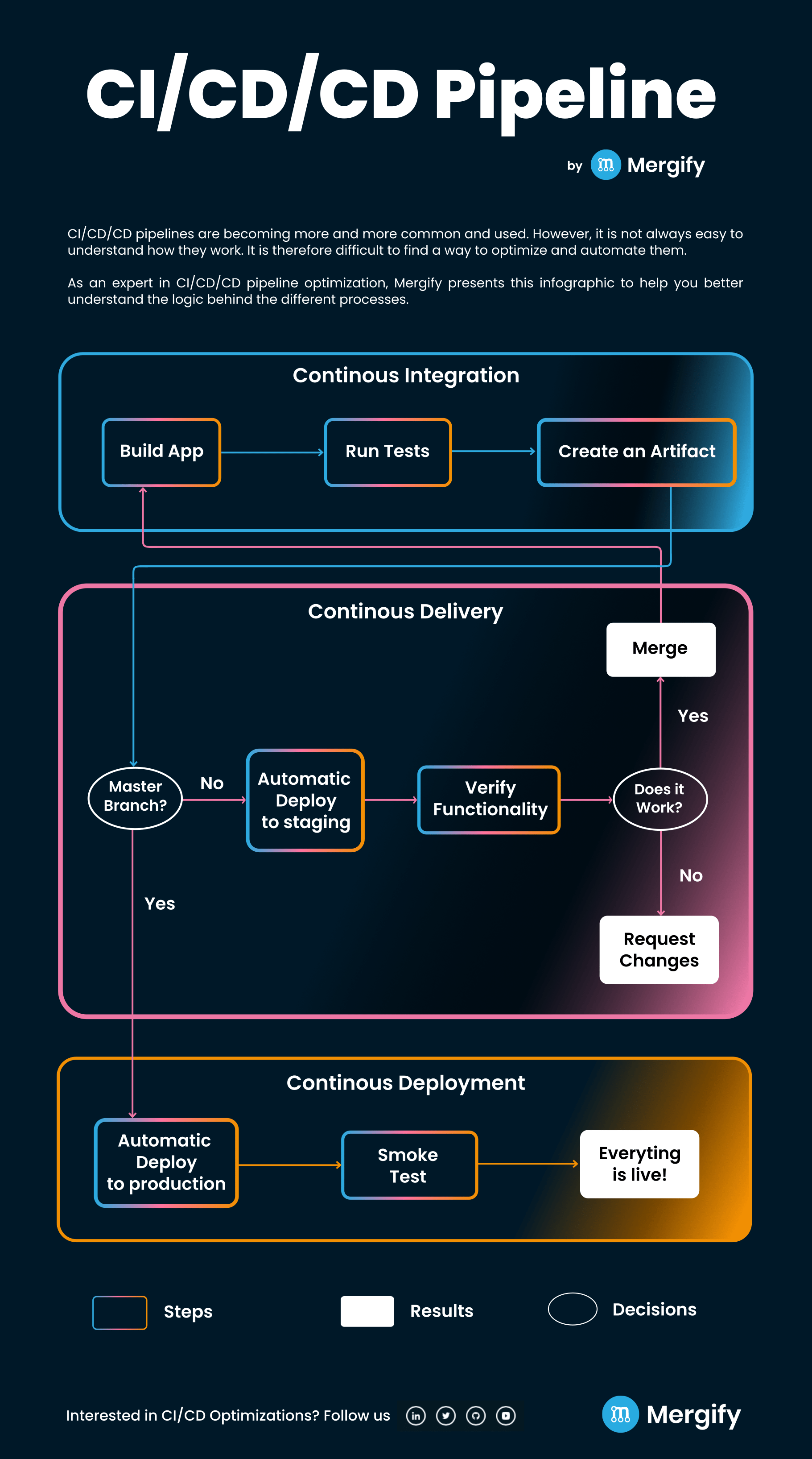
Continuous Integration vs Continuous Delivery vs Continuous Deployment
Now that we've met the siblings, let's clarify the differences:
- Continuous Integration: Ensures that changes work with the existing code (integration) but don't necessarily prepare them for release.
- Continuous Delivery: Ensures that changes are integrated and in a release-ready state but leaves the decision to deploy in human hands.
- Continuous Deployment: Takes Continuous Delivery a step further by automatically deploying every change ready for release.
The Merge Queue: Your CI/CD Wingman
Think of the merge queue as the Gandalf of your CI/CD journey, guiding your code safely from development to production.
The merge queue automates the process of merging code changes, ensuring that each change is tested in an environment that closely resembles production before it's merged. This not only makes your delivery process faster but also safer.
Imagine a busy airport runway (your codebase). Without proper coordination, planes (code changes) could collide, causing chaos. The merge queue acts like air traffic control, coordinating the aircraft, ensuring they land safely and in the right order, preventing any mid-air collisions. It automates the tedious and error-prone process of managing the order in which code changes are merged. It ensures that each change is tested after merging the previous one, reflecting the most accurate production-like environment.
Conclusion: Embrace Continuous Delivery
Continuous Delivery ensures that every code change is harmonious and ready for deployment.
It bridges the gap between development and deployment, ensuring that your code is not just integrated but also primed and ready for showtime. Please don't leave it out; make Continuous Delivery the maestro of your CI/CD pipeline and watch your software delivery sing harmoniously. Remember, a CI/CD pipeline without Continuous Delivery is like a sandwich without mayo – it just doesn't hit the same note.


